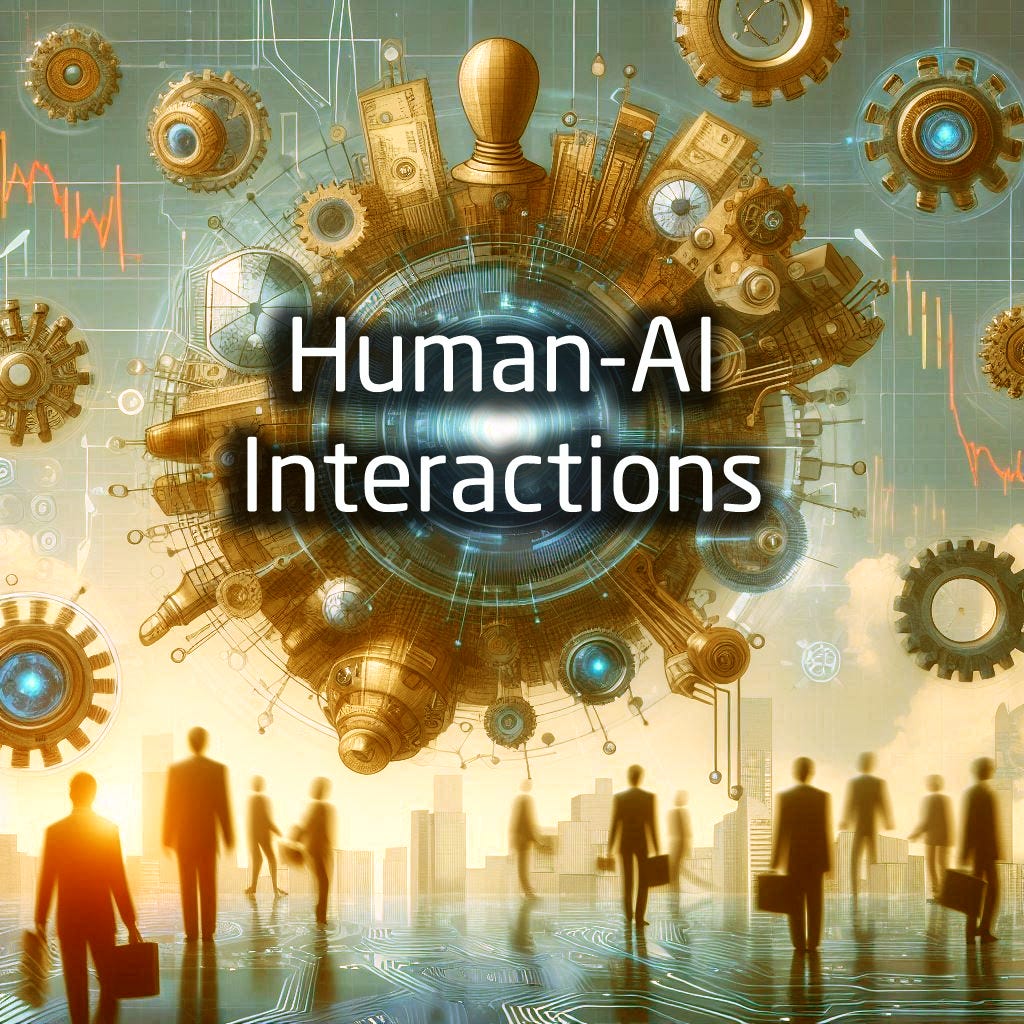As artificial intelligence (AI) increasingly plays a role in daily interactions and communications—through virtual assistants, chatbots, recommendation systems, and other AI-powered tools—fostering trust between humans and AI systems becomes crucial. This essay explores the unique challenges and strategies for cultivating trust in these human-AI interactions, building on our previous discussions of economic principles and legal frameworks in digital trust.
The current state of human-AI interaction presents significant trust challenges, primarily due to the "black box" problem—the difficulty in understanding how AI systems make decisions. This lack of transparency can lead to skepticism and mistrust among users. Explainable AI (XAI) has emerged as a crucial field addressing this issue, aiming to make AI reasoning transparent and understandable1. XAI aligns with the "right to explanation" principle introduced by the General Data Protection Regulation (GDPR), highlighting the intersection of legal and technical approaches to trust-building.
Ethical AI development forms another cornerstone of trust-building. Responsible AI requires both technical proficiency and a strong ethical foundation2. This involves:
• Addressing bias and fairness in AI systems
• Assembling diverse development teams to mitigate potential prejudices
• Aligning AI ethics with existing anti-discrimination laws
The case of Amazon's AI recruitment tool, which showed bias against women, underscores the critical need for ethical considerations in AI development3.
User experience (UX) and interface design play a vital role in fostering AI trust4. This approach of emphasizing human-centered AI design, balancing automation with user control is exemplified by AI-powered virtual assistants that clearly communicate their capabilities and limitations, thereby building user confidence and mitigating potential legal issues related to informed consent.
Legal and regulatory frameworks specific to AI are rapidly evolving. While current legislation often falls short in addressing AI-specific trust issues, emerging regulations such as the European Union's AI Act aim to establish trust by addressing transparency, accountability, and fairness in AI systems. These regulations must carefully balance oversight with innovation potential5.
Successful trust-building in AI applications can be seen in healthcare, where XAI systems provide rationales for AI-generated diagnoses, enhancing physician trust and ensuring compliance with legal requirements for transparency. In finance, AI-driven robo-advisors build trust by offering clear explanations for investment recommendations and adhering to strict regulatory standards.
Companies can enhance user trust in their AI products by:
1. Implementing robust explainability features
2. Conducting regular bias audits
3. Designing user-centric interfaces with clear feedback mechanisms
4. Ensuring compliance with evolving AI regulations
5. Fostering transparency in AI development and deployment processes
Building trust in human-AI interactions will require a multifaceted approach that draws on economic principles of cooperation, adheres to evolving legal frameworks, and prioritizes ethical considerations. It is possible to create a future where humans and AI coexist in a relationship built on mutual understanding and trust. This sets the stage for the broader societal implications to be explored in the next essay on the future of trust in a tech-driven world.
Barredo Arrieta, A., Díaz-Rodríguez, N., Del Ser, J., Bennetot, A., Tabik, S., Barbado, A., García, S., Gil-López, S., Molina, D., Benjamins, R., Chatila, R., & Herrera, F. (2020). Explainable Artificial Intelligence (XAI): Concepts, taxonomies, opportunities and challenges toward responsible AI. Information Fusion, 58, 82-115
Dignum, V. (2019). Responsible Artificial Intelligence: How to Develop and Use AI in a Responsible Way. Springer.
Dastin, J. (2018, October 10). Amazon scraps secret AI recruiting tool that showed bias against women. Reuters.
Shneiderman, B. (2020). Human-centered artificial intelligence: Reliable, safe & trustworthy. International Journal of Human–Computer Interaction, 36(6), 495-504.
Toreini, E., Aitken, M., Coopamootoo, K., Elliott, K., Zelaya, C. G., & van Moorsel, A. (2020). The relationship between trust in AI and trustworthy machine learning technologies. In Proceedings of the 2020 Conference on Fairness, Accountability, and Transparency (FAT* '20) (pp. 272-283). Association for Computing Machinery.




